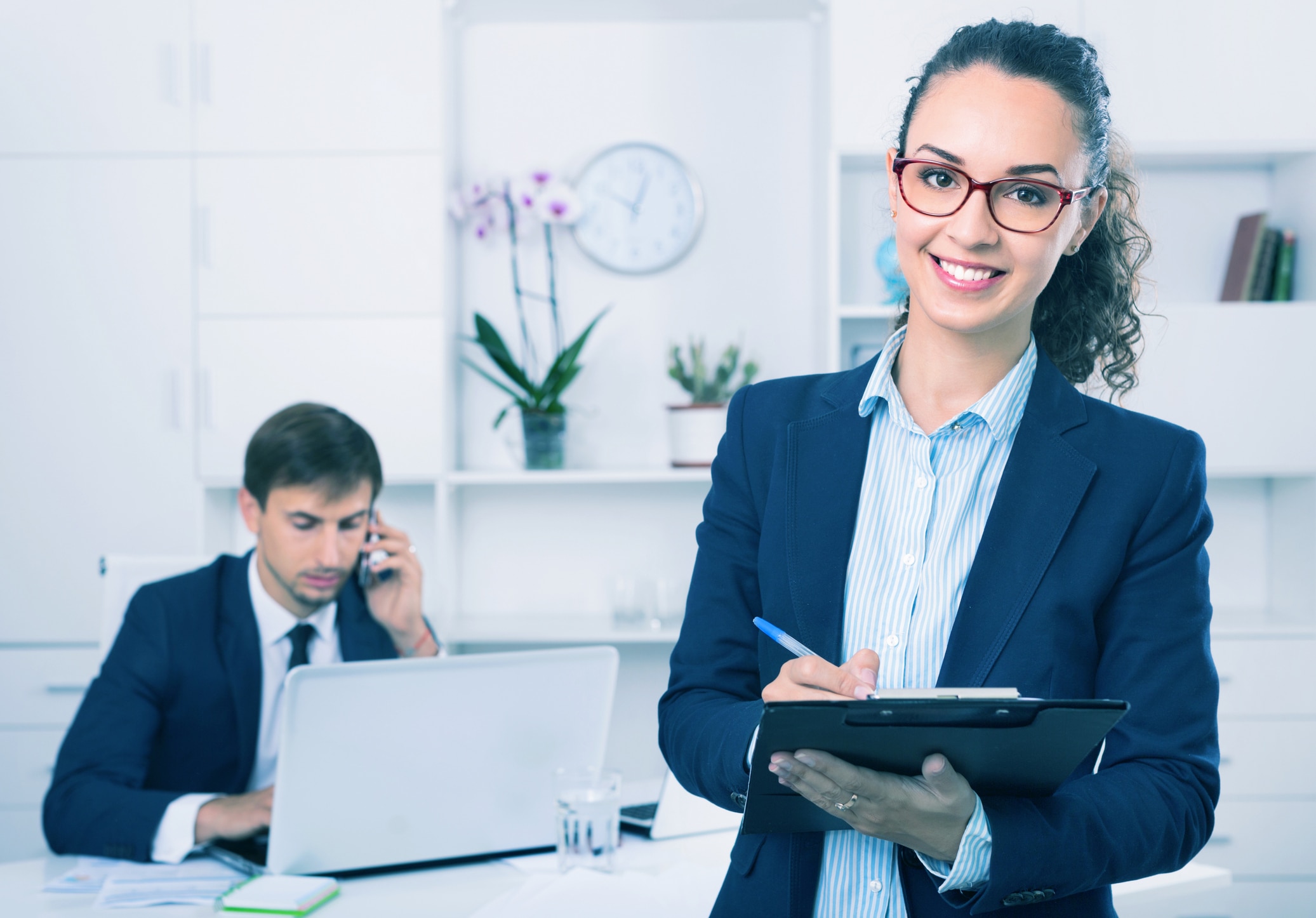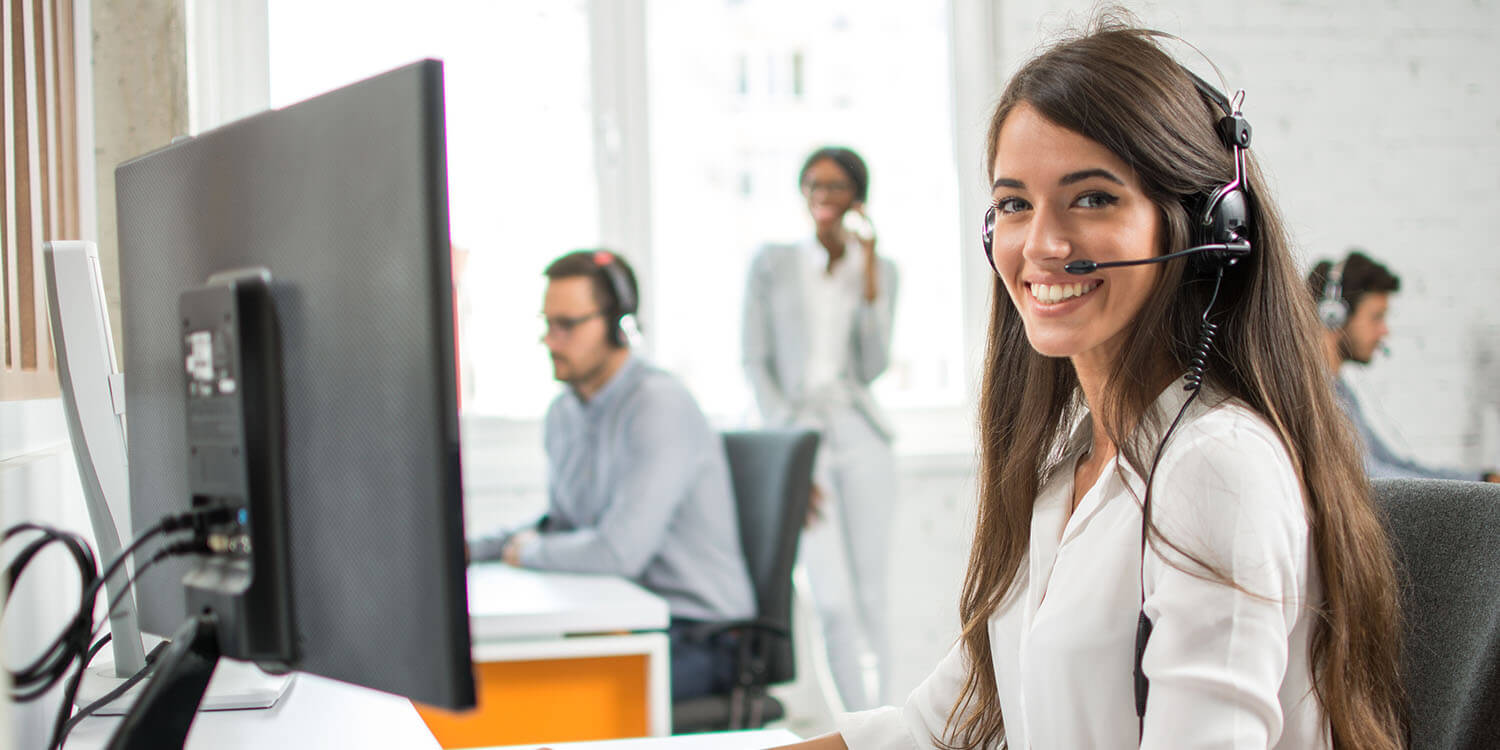All Categories
Featured
Table of Contents
- – What Is The Best What Is A Phone Answering Serv...
- – What Is The Best Phone Answering Services - Us...
- – How Is The Best Telephone Answering Services C...
- – What Is The Best The Best Answering Service F...
- – Where Is The Best Faqs - The Phone Answering ...
- – Which Is The Best What Is An Answering Service?
What Is The Best What Is A Phone Answering Service? Brand
This device and its successors were designed by Sava Jacobson, an electrical engineer with a personal consulting organization. While early answering machines utilized magnetic tape innovation, a lot of modern devices uses solid state memory storage; some devices use a mix of both, with a solid-state circuit for the outbound message and a cassette for the inbound messages.
"toll conserving" below) (reception services). This works if the owner is screening calls and does not wish to speak to all callers. In any case after going, the calling party must be informed about the call having actually been responded to (most of the times this starts the charging), either by some remark of the operator, or by some greeting message of the little bit, or resolved to non-human callers (e.
This holds specifically for the Littles with digitally kept welcoming messages or for earlier makers (prior to the rise of microcassettes) with an unique unlimited loop tape, different from a 2nd cassette, committed to recording. There have been answer-only devices without any recording abilities, where the greeting message needed to inform callers of a state of existing unattainability, or e (phone answering service).
What Is The Best Phone Answering Services - Usa, Europe?

about schedule hours. In recording Little bits the greeting usually contains an invite to leave a message "after the beep". An answering maker that utilizes a microcassette to record messages On a dual-cassette answerphone, there is an outbound cassette, which after the defined number of rings plays a pre-recorded message to the caller.

Single-cassette answering devices include the outgoing message at the start of the tape and incoming messages on the staying space. They initially play the statement, then fast-forward to the next readily available area for recording, then tape-record the caller's message. If there are lots of previous messages, fast-forwarding through them can cause a significant delay.
This beep is frequently described in the greeting message, asking for that the caller leave a message "after the beep". TADs with digital storage for the recorded messages do not show this delay, naturally. A little might offer a remote control facility, where the answerphone owner can call the house number and, by getting in a code on the remote telephone's keypad, can listen to tape-recorded messages, or erase them, even when far from home.
How Is The Best Telephone Answering Services Company

Thereby the maker increases the variety of rings after which it addresses the call (typically by 2, resulting in four rings), if no unread messages are currently stored, but responses after the set number of rings (generally two) if there are unread messages. This enables the owner to discover whether there are messages waiting; if there are none, the owner can hang up the phone on the, e.
Some devices likewise permit themselves to be remotely activated, if they have actually been turned off, by calling and letting the phone ring a certain a great deal of times (generally 10-15). Some provider desert calls already after a smaller number of rings, making remote activation difficult. In the early days of Little bits an unique transmitter for DTMF tones (dual-tone multi-frequency signalling) was regionally required for push-button control, because the formerly employed pulse dialling is not apt to convey appropriate signalling along an active connection, and the dual-tone multi-frequency signalling was implemented stepwise.
Any inbound call is not recognizable with regard to these residential or commercial properties in advance of going "off hook" by the terminal devices. So after going off hook the calls should be changed to suitable devices and just the voice-type is right away accessible to a human, but perhaps, however need to be routed to a LITTLE BIT (e.
What Is The Best The Best Answering Service For Clinics Manufacturer
What if I informed you that you do not have to in fact get your device when responding to a client call? Somebody else will. So convenient, right? Responding to phone calls does not need someone to be on the other end of the line. Efficient automated phone systems can do the trick simply as effectively as a live agent and sometimes even better.
An automatic answering service or interactive voice action system is a phone system that communicates with callers without a live individual on the line - answer phone service. When companies use this technology, consumers can get the response to a concern about your organization simply by using interactions set up on a pre-programmed call flow.
Although live operators update the customer care experience, lots of calls do not need human interaction. A simple documented message or directions on how a client can obtain a piece of information typically resolves a caller's immediate need - telephone answering service. Automated answering services are a basic and effective method to direct inbound calls to the best person.
Where Is The Best Faqs - The Phone Answering Deal
Notification that when you call a business, either for assistance or item questions, the very first thing you will hear is a pre-recorded voice welcoming and a series of alternatives like press 1 for customer care, press 2 for questions, and so on. The pre-recorded choices branch out to other options depending upon the consumer's choice.
The phone tree system helps direct callers to the right individual or department using the keypad on a smart phone. In some instances, callers can use their voices. It's worth noting that auto-attendant choices aren't restricted to the 10 numbers on a phone's keypad. Once the caller has selected their first option, you can design a multi-level auto-attendant that uses sub-menus to direct the caller to the best sort of assistance.
The caller does not have to interact with an individual if the auto-attendant phone system can manage their issue. The automatic service can route callers to a staff member if they reach a "dead end" and need assistance from a live agent. It is costly to work with an operator or executive assistant.
Which Is The Best What Is An Answering Service?
Automated answering services, on the other hand, are substantially less costly and offer significant cost savings at approximately $200-$420/month. Even if you do not have actually dedicated staff to manage call routing and management, an automatic answering service enhances productivity by allowing your group to concentrate on their strengths so they can more effectively invest their time on the phone.
A sales lead routed to customer care is a lost shot. If a client who has item questions reaches the wrong department or gets insufficient answers from well-meaning staff members who are less trained to deal with a particular kind of question, it can be a reason for disappointment and discontentment. An automatic answering system can reduce the number of misrouted calls, consequently helping your workers make much better usage of their phone time while releasing up time in their calendar for other jobs.
With Automated Answering Systems, you can produce a customized experience for both your personnel and your callers. Make a recording of your main greeting, and merely upgrade it frequently to show what is going on in your company. You can develop as numerous departments or menu choices as you desire.
Table of Contents
- – What Is The Best What Is A Phone Answering Serv...
- – What Is The Best Phone Answering Services - Us...
- – How Is The Best Telephone Answering Services C...
- – What Is The Best The Best Answering Service F...
- – Where Is The Best Faqs - The Phone Answering ...
- – Which Is The Best What Is An Answering Service?
Latest Posts
Top Affordable Answering Service Near Me – Chatswood 2067
Preferred Hospitality Answering Service
Renowned Bilingual Answering Service
More
Latest Posts
Top Affordable Answering Service Near Me – Chatswood 2067
Preferred Hospitality Answering Service
Renowned Bilingual Answering Service